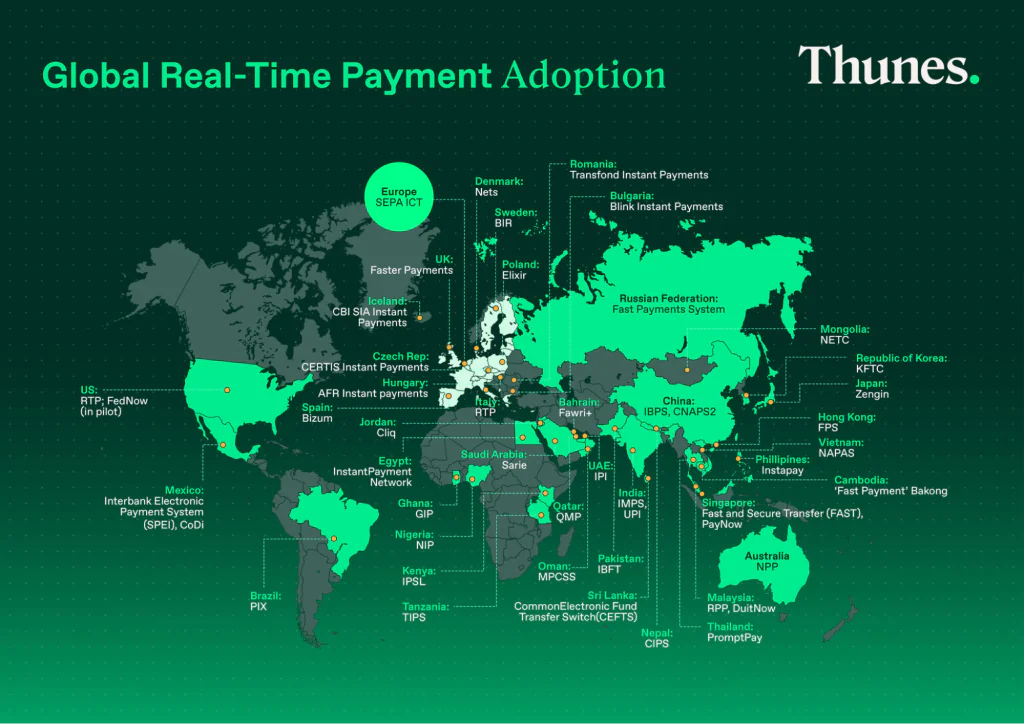WASHINGTON — BAFT, the leading global financial services association for international transaction banking, has announced that Nick Smit of ING will serve as the chair of its board of directors for the 2025-2026 association year. Smit is the global lead of financial institutions banks at ING.
Based in New York, Smit heads a team of relationship managers covering U.S., Canada, Latin America and global banks, and their in-house asset managers. His specific areas of sales expertise are financial markets, global transaction banking, sector-based finance, and debt capital markets.
“I really appreciate this vote of confidence by the BAFT community,” said Smit. “BAFT has grown into the leading global forum for not only trade, but payments and cash management, and working capital solutions, too. I am very much looking forward to continuing the good work done in the past as we operate and grow further as an independent organization in the future. I value the thought leadership that BAFT brings and also the wonderful networking opportunities it creates.”
Smit has held several roles throughout his 30-year career with ING including lead positions in New York, Amsterdam, Brussels and Geneva. He has served on the BAFT board since 2022. Additionally, Smit has served on the Board of Friends of the University of Stellenbosch in the USA since 2000. Smit received postgraduate degrees in law and economics from University of Stellenbosch (South Africa), as well as a master’s in economics from Cambridge University.
Also re-elected to serve on the BAFT board as officers were:
- Vice Chair: Michelle Knowles, ABSA
- Secretary / Treasurer: Miriam Ratkovicova, Deloitte
Other directors include:
Suresh Subramanian, BNP Paribas
Tod Burwell, BAFT
Ashutosh Kumar, Mizuho
Julie Patterson, National Bank of Australia
Jean François Mazure, Société Générale
Dean Sposito, Deutsche Bank
Ricardo Velázquez, Banco Mercantile del Norte SA (Banorte)
Andy Arduini, Huntington Bank
Oscar Sanz-Paris, CQUR
Ayaz Kamlani, First Abu Dhabi Bank (FAB)
Derryn Faure, Investec
John Kinyangi, Standard Bank
Patrick Devilbiss, CGI
Dyanne Carenza, Scotiabank
Paolo Muzzarelli, UBS
Rob Hostler, Citi
Brian Gordon, Commerce Bank
Mike Katergaris, JPMorgan
Maurice Iskandar, Banque Libano Française
Patrik Havander, Visa
Amy Sahm, Fulton Bank
George Lee, Standard Chartered
About BAFT
BAFT, the leading global financial services association for international transaction banking, helps bridge solutions across financial institutions, service providers and the regulatory community that promote sound financial practices enabling innovation, efficiency, and commercial growth. BAFT engages on a wide range of topics affecting transaction banking, including trade finance, payments, and compliance.
BAFT Media Contact:
Blair Bernstein
Senior Director, Public Relations
[email protected]
+1 (202) 663-5468


